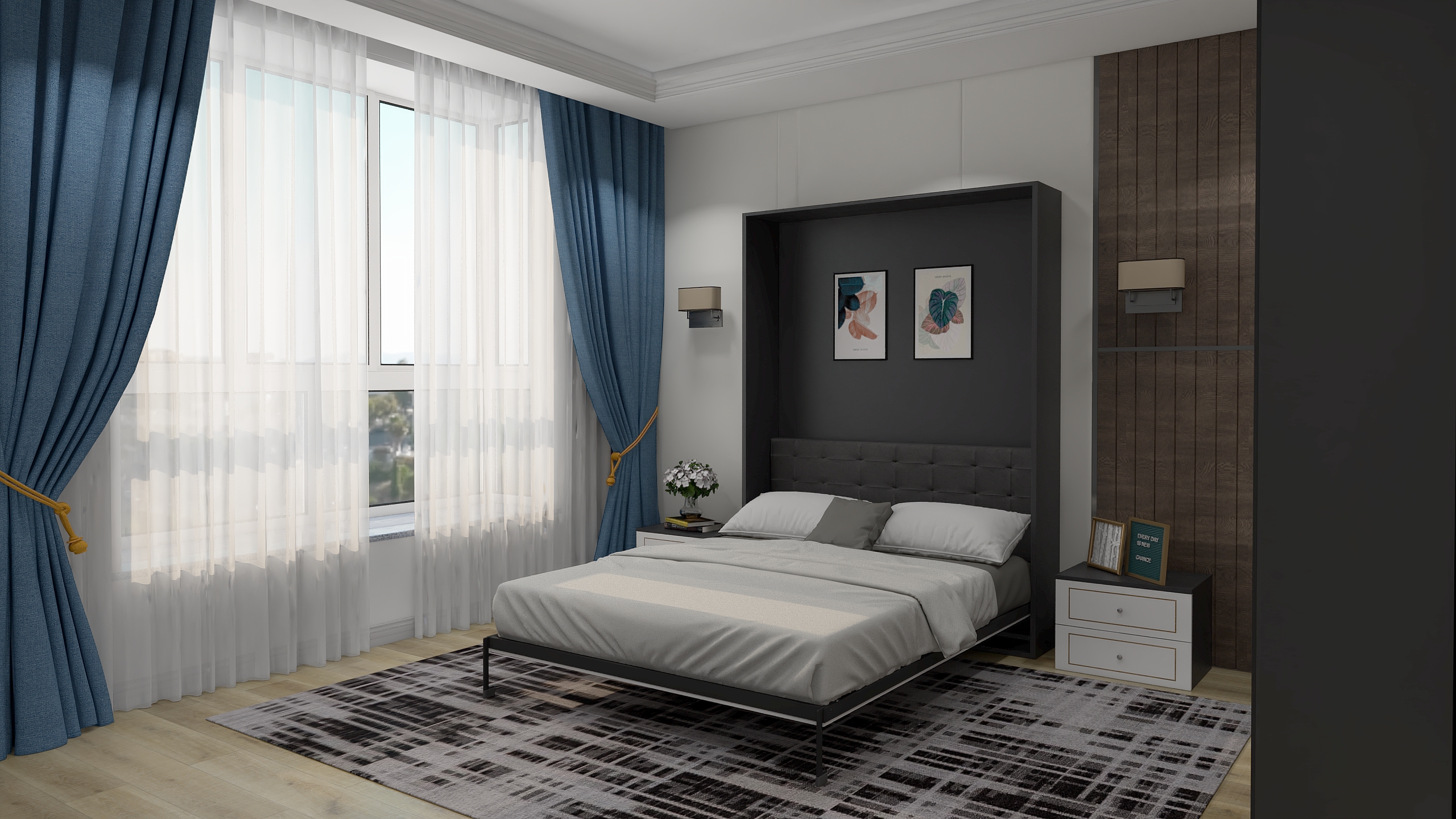
If you’re in the market for new space saving wall beds, there are many decisions for you to make. There are many different brands and pricing in the current market and price differences can be in hundreds of dollars. Questions are always asked why are there so much differences between different brands.
Factors to consider when purchasing a Murphy Wall Bed are:
This is a very important question that needs to be answered as Murphy Beds produced in different countries cater to their respective target markets. It is important because the sizes for the metal frames will only fit mattresses sizes of the countries where the beds are selling. Interestingly not many know that mattresses with the same classification, e.g. Queen Size, has different dimensions in different regions and countries. Mattresses in China are smaller in size compare with the same in Singapore and Malaysia. Imagine if you purchased a Murphy bed manufactured in China with the China bed dimensions that fits only China mattress size, and install the bed in Singapore. You will probably make do with the free mattress that comes with the purchase as you would probably not be able to buy your own choice of comfy mattress for your bed unless you import it directly from China.
Unless the Murphy beds retailers contract-manufacture the beds in hundreds of sets just for Singapore market, it is likely that they only order per piece or import small quantity with the Chinese dimensions to keep their cost down so they can offer the beds at very cheap prices.
There is an obvious question as gas lifts form the most important component of the Murphy Wall Bed mechanism. You will not want to buy a bed that has inferior quality that may malfunction. Safety of opening and closing should be you upmost consideration when deciding your choice.
The next step will likely be deciding between hardwood and Medium Density Fibreboard (MDF) for your Wall Bed cabinet and structure. Your first thought might be, “what is the difference between MDF and Plywood?”
What is MDF?
Medium-density fibreboard (MDF) is an engineered wood product formed from wood fibres obtained from breaking down hardwood and softwood with a defibrator. The wood fibres are then glued together using wax and resin adhesive. They are made into panels by applying high temperature and pressure. The resulting smooth wood product has no wood grain and shares many characteristics with particle board. However, MDF is slightly stronger particle board.
What is Plywood?
Plywood is made from peeler logs. Thin layers are peeled from wood logs by rotating them along their horizontal axis. The sheets of veneer obtained from this process are cut to the desired dimensions, dried, patched, glued together, and then baked in a press at 140 °C (284 °F) and 1.9 MPa (280 psi) to form a plywood panel. Depending on the grade of plywood, it may or may not be smooth and useful for visually pleasing interior wood pieces. Some grades of plywood can be stained and made to look good for kitchen cabinetry.
Strength and Durability
MDF is not as hard as plywood and can be damaged easily when roughly handled. It is not as stiff as plywood and can sag with if too much weight is applied to it. For example, when MDF is used for shelving, it is important to reinforce the shelves to prevent sagging.
The cross graining of plywood improves dimensional stability by reducing expansion and shrinkage. This makes a panels’ strength consistent in both directions. The odd number of sheets also reduces warping. Another advantage of plywood is that extreme cold does not affect its dimensions or strength.
Workability
When driving a screw at the edge of MDF, the soft core splits easily. When a countersink drill bit is not used, the head of the screw might snap off before sinking in or it might push up chips. In contrast, the cross graining of plywood slightly reduces its tendency to split when nailed at its edges.
Due to MDF’s non-directional grain structure, it is ideal for cutting, machining, and drilling without producing splinters or chipping. The absence of knots makes it easier for finishing.
MDF’s smooth surface makes it ideal for simple interior design pieces that will be painted, while plywood adds some durability to those pieces that need to be stronger. Both can be relatively easy for experienced DIYers to use and are found in a number of cheap and affordable furniture products.
Cost of Plywood vs MDF
MDF is usually cheaper than plywood, but a lot depends upon the grade of plywood and types of wood used. Higher grades of plywood are more expensive because they are more aesthetically pleasing, often displaying natural hardwood or softwood grains; lower grades are used in construction work where they will not be seen (e.g., for subflooring). Both wood products are also priced according to thickness.
Disadvantages and Risks
Plywood
MDF
Medium-density fibreboard (MDF) is generally cheaper than plywood, but it is not as hard and can sag under heavy weight. MDF doesn’t handle moisture very well, either, so it is more suited for indoor use, such as in furniture.
Also, if you want to have your choice of colour or natural wood grain finishing, Wall Beds that are made with MDF may have limited choice for your selection. Murphy wall beds that are imported whole set with MDF board are not likely to be modified or customized to fit in the interior of your room.
These 3 major questions will help you in choosing your Murphy Wall Beds with consideration for durability, functions and pricing. For more information of Spacekoncept Murphy Wall Beds, please contact us at info@fjnjoseph.com
Share This :
